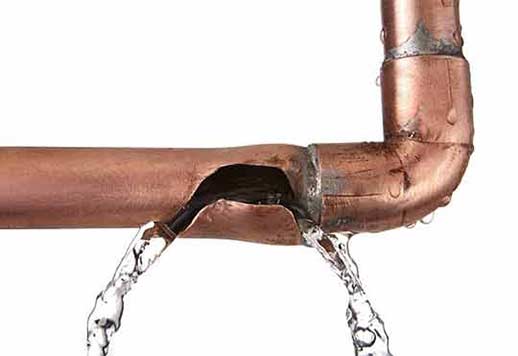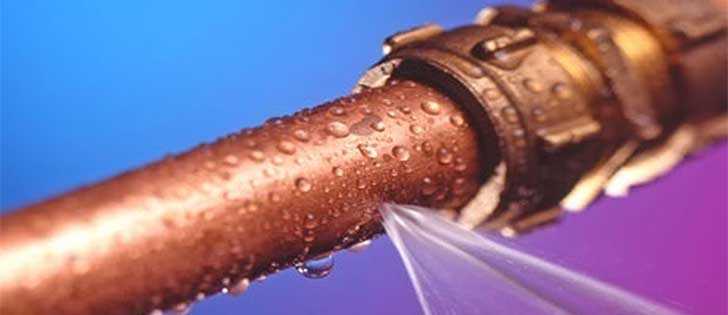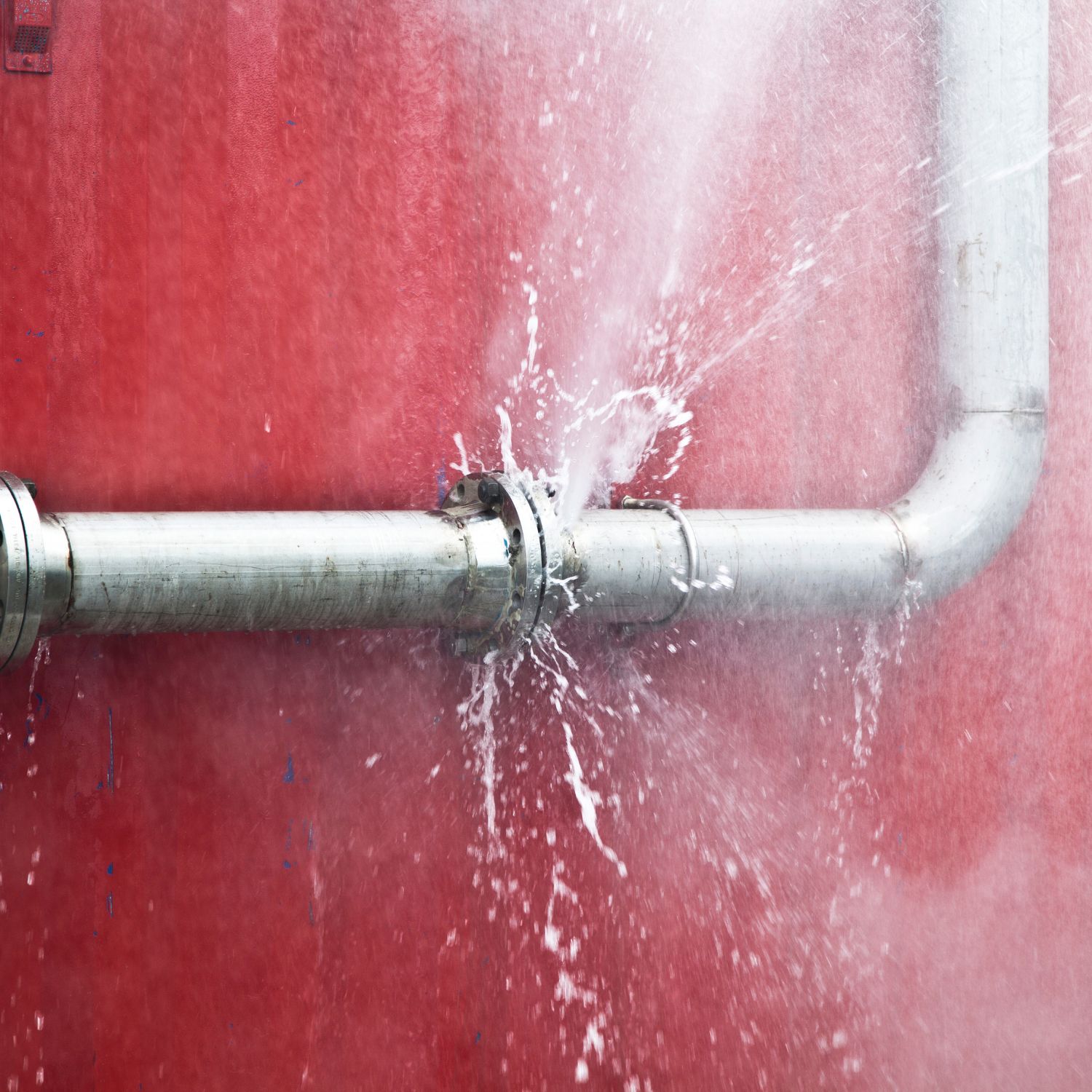Preventing Ruptured Pipes: Vital Tips to Secure Your Pipes
Avoiding burst pipelines is a crucial problem for home owners, especially during colder months when the danger of freezing is enhanced. Implementing critical steps such as proper insulation, regular examinations, and keeping constant interior temperatures can significantly reduce the likelihood of pipe failing.
Understand Pipeline Vulnerabilities
Comprehending pipe susceptabilities is crucial for reliable pipes upkeep and protecting against expensive damages. Numerous factors add to the susceptibility of pipelines to bursts, consisting of product structure, age, and ecological conditions. Older pipes, specifically those made from galvanized steel or polybutylene, typically break down in time, causing increased threat of leaks and ruptures.
Temperature changes can additionally considerably effect pipeline honesty. In chillier climates, water caught in pipelines can freeze, putting in and increasing stress on the pipeline walls, which might ultimately lead to a ruptured. High water pressure can strain pipelines, particularly at bends and joints, enhancing the chance of failure.

Insulate Piping Properly
Correct insulation of pipes is vital for avoiding freezing and succeeding ruptureds during chilly climate (burst pipe). Protecting your pipes system effectively safeguards versus temperature drops that can bring about expensive damages. Begin by determining susceptible areas where pipes are exposed to outdoor temperature levels, such as cellars, attic rooms, and exterior wall surfaces
Use foam pipe insulation sleeves or cover insulation tape around these areas to give a safety obstacle. Make certain that all areas of the pipelines, particularly those with minimal warmth exposure, receive appropriate insulation. Pay unique focus to installations and joints, as these are extra vulnerable to cold.
When insulating, it's important to select materials that fulfill regional building regulations and are proper for the specific setting. For example, fiberglass insulation is typically advised for its thermal resistance residential properties - burst pipe. In addition, consider using warmth cords or tape in extreme problems, which can be plugged in to provide supplementary warm
Consistently inspect insulated pipes for any type of signs of wear or damages, as compromised insulation can reduce its performance. By taking these positive measures, you significantly minimize the threat of pipe ruptureds, making sure a reputable pipes system throughout the cold weather.
Maintain Constant Temperature
A steady indoor temperature is necessary for preventing ruptured pipes during the cold months. When temperature levels decrease, water within pipes can ice up, broadening and developing stress that might inevitably create the pipes to burst. To reduce this danger, homeowners should preserve a regular temperature level throughout their space, preferably no reduced than 55 ° F(13 ° C)Utilizing a programmable thermostat can help manage interior temperature levels efficiently, making certain that spaces with pipes continue to be cozy also when your home is unoccupied. Pay special focus to locations that are more at risk to cool, such as attic rooms, garages, and basements. Keeping cupboard doors open under sinks can additionally enable warmer air from the home to circulate around plumbing.
On top of that, it is prudent to allow faucets to drip slightly during extreme cold snaps. This minor flow of water can avoid freezing by minimizing pressure within the pipes. Throughout particularly severe climate events, take into consideration temporarily suspending any type of nighttime setbacks on your thermostat to preserve her response a constant warm atmosphere. By applying these techniques, house owners can significantly minimize the risk of pipeline bursts and safeguard their pipes systems against the rough winter components.
Frequently Check Pipes
Routine evaluations of pipes systems are critical for avoiding ruptured pipelines and maintaining general home integrity. During these examinations, it is necessary to analyze noticeable pipes for signs of rust, leakages, or put on.
In addition, inspecting connections and joints is vital, as these factors are typically at risk to leaks. Homeowners need to additionally assess water stress degrees, as too much pressure can stress the pipes system and boost the danger of pipeline bursts.
Take into consideration scheduling specialist plumbing examinations at the very least once a year, particularly prior to winter season, to guarantee your system is gotten ready for colder temperature levels. Regular inspections not just aid in determining instant issues however likewise foster long-term maintenance strategies that can enhance the lifespan of your plumbing system. By being positive in your technique, you can safeguard your home versus the pricey and disruptive repercussions of ruptured pipes. Focusing on plumbing assessments is a financial investment in your home's health and wellness.
Know Emergency Situation Treatments
Recognizing emergency situation procedures is important for every single homeowner, especially after carrying out routine pipes examinations. Being gotten ready for a plumbing emergency can dramatically mitigate damage and conserve prices. First, locate your major water shut-off shutoff; it is normally located near the water meter or where the major line enters your home. Familiarize on your own with its operation, as shutting down the water system swiftly can avoid extensive flooding.
Following, keep essential devices handy. A plumbing emergency package need to consist of a wrench, plunger, and towels, along with a flashlight and a container for little leaks. In addition, think about having the contact details for a relied on plumbing technician easily available, ought to the situation rise past your control.
If you find a leakage or navigate to these guys ruptured pipeline, instantly switch off the supply of water and notify your plumbing professional. Document the damage with pictures for insurance functions. Be aware of the indications of prospective plumbing problems, such as uncommon water pressure changes or damp places on walls
Eventually, positive understanding and speedy activity are essential in taking care of pipes emergency situations, guaranteeing your home continues to be protected and minimizing potential damages.

Final Thought
In final thought, stopping burst pipelines requires a multifaceted approach that consists of understanding pipe vulnerabilities, correct insulation, preserving consistent interior temperatures, regular examinations, and understanding of emergency treatments. By applying these necessary methods, sites the risk of pipes failings can be considerably reduced, therefore making sure the durability and performance of the pipes system. Proactive steps not just protect versus possible damage but also contribute to overall water conservation and the defense of building.
In chillier climates, water trapped in pipelines can ice up, putting in and increasing pressure on the pipe wall surfaces, which may ultimately lead to a burst. When temperature levels drop, water within pipes can ice up, developing and expanding pressure that might inevitably cause the pipes to ruptured. By implementing these methods, property owners can dramatically decrease the danger of pipeline bursts and guard their plumbing systems versus the severe winter aspects.
